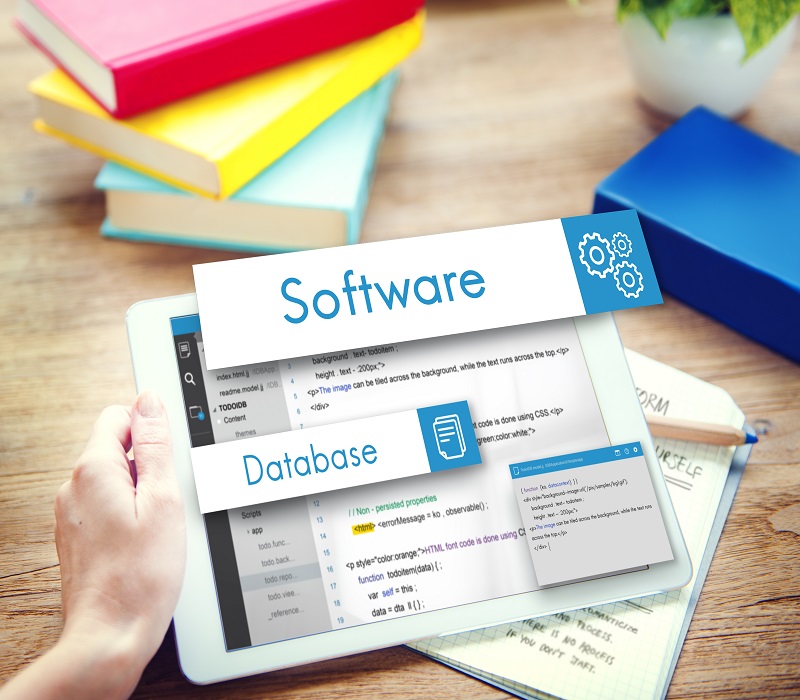In today’s data-driven and cloud-native world, enterprises demand software that is modular, scalable, and interoperable. Enter OXZEP7 Software — a next-generation framework that redefines how modern businesses build, deploy, and manage critical applications. While still an emerging concept, OXZEP7 has already sparked significant interest across industries ranging from healthcare to fintech due to its flexible design, robust API architecture, and seamless integration capabilities.
This comprehensive guide explores everything you need to know about OXZEP7 Software — from its architecture and development lifecycle to real-world applications, security measures, and best practices.
OXZEP7 Software is a modular, enterprise-grade application framework designed for high-performance data processing, API-first design, and integration with both modern and legacy systems. While the acronym “OXZEP7” is not formally standardized, it’s often interpreted as:
Operational XML-Zoned Enterprise Platform — Generation 7
This suggests that the software is:
- Built around XML/JSON-based data exchange
- Tailored for cloud-native operations
- Equipped to support microservices architecture
- Positioned for the seventh generation of enterprise computing paradigms
As companies migrate towards automation, AI, and cloud orchestration, they need software that can:
- Scale across distributed environments
- Securely interface with third-party systems
- Adapt to changing tech stacks and protocols
OXZEP7 Software offers exactly that. Its modular nature makes it ideal for both monolithic refactoring and greenfield projects. Plus, it supports advanced features like:
- Asynchronous message processing
- Intelligent API throttling
- Schema-based data validation (XML/XSD or JSON Schema)
Here are the defining elements of OXZEP7 Software:
| Feature | Description |
|---|---|
| Modular Design | Components are independently deployable and replaceable. |
| Microservices | Emphasizes independent service lifecycles and scalability. |
| API-First | Built around REST, GraphQL, or XML-RPC APIs for maximum flexibility. |
| Data-Centric | Supports real-time and batch data pipelines. |
| Containerized | Designed for deployment in Docker and Kubernetes environments. |
| Secure by Default | Implements TLS, RBAC, and code-level security patterns. |
- Define stakeholders and business objectives.
- Clarify enterprise data flows and pain points.
- Select whether it’s a SaaS model or internal enterprise tool.
Tools: Jira, Notion, Trello, Miro
- Backend Choices: Node.js, Go, Python, or Java
- Data Stores: PostgreSQL, MongoDB, Redis
- Messaging Systems: Apache Kafka or RabbitMQ
- Containerization: Docker
- Orchestration: Kubernetes + Helm
Diagram your services, endpoints, queues, and data layers using tools like Lucidchart or Draw.io.
- Use React, Vue, or Svelte for front-end logic
- Ensure compliance with WCAG 2.1
- Prototype with Figma, Adobe XD, or Sketch
- Leverage Swagger or Postman for documentation
- Secure APIs with OAuth 2.0 or JWT
- Consider versioning and throttling for public endpoints
- Normalize where possible for relational models.
- Use schema validation for XML and JSON.
- Backup strategy: Point-in-time recovery with WAL logs or replication.
- TLS encryption end-to-end
- RBAC for internal and external user roles
- Regular vulnerability scans with tools like SonarQube or OWASP ZAP
- Unit Tests: Jest, Mocha, PyTest
- E2E Testing: Cypress, Selenium
- Load Testing: JMeter, Artillery
- CI/CD Tools: GitHub Actions, GitLab CI/CD, Jenkins
- Use AWS, Azure, or Google Cloud
- Continuous deployment with Helm charts
- Monitoring tools:
- Prometheus + Grafana
- ELK Stack
- Datadog
- Sentry
| Industry | Applications |
|---|---|
| Healthcare | EHR systems, appointment engines |
| Finance | Risk modeling, real-time transaction APIs |
| Logistics | Supply chain dashboards, IoT integrations |
| Manufacturing | Production analytics, robotic control systems |
| Education | LMS platforms, adaptive testing tools |
| Retail | Inventory tracking, smart checkout systems |
Security is critical in enterprise ecosystems. Here’s how OXZEP7 stays resilient:
- Security-first coding: Prevents XSS, CSRF, SQL injection
- API authentication: OAuth2, token expiration, refresh logic
- Monitoring & alerts: Real-time incident detection with anomaly flags
| Challenge | Solution |
|---|---|
| XML-Heavy Data | Use XSLT + XPath + JSON bridging |
| High Latency | Use caching (Redis), parallel processing |
| Legacy Integration | Leverage middleware adapters and queues |
| Deployment Failures | Blue/green deployments, rollback pipelines |
- Use Agile or Scrum for team productivity
- Build loosely coupled services
- Prioritize unit testing and code reviews
- Maintain thorough documentation
- Embrace DevSecOps workflows
- Monitor continuously and improve iteratively
No. It’s a software architecture model, not a product. You can use Node.js, Java, Go, .NET — whatever fits your needs.
OXZEP7 as a concept isn’t licensed. However, most tools used to build with it (Kubernetes, Docker, Kafka) are open-source.
Approximately 8–10 weeks with a well-defined scope and Agile sprint cycles.
Yes — especially those building scalable SaaS products. Modular services = lower technical debt.
Stay updated with container orchestration, AI microservices, and schema-less NoSQL strategies.
OXZEP7 Software isn’t just a buzzword—it’s a blueprint for the next generation of enterprise applications. Its focus on scalability, modularity, and seamless integration gives developers and businesses alike the tools they need to thrive in today’s hyper-connected world.
